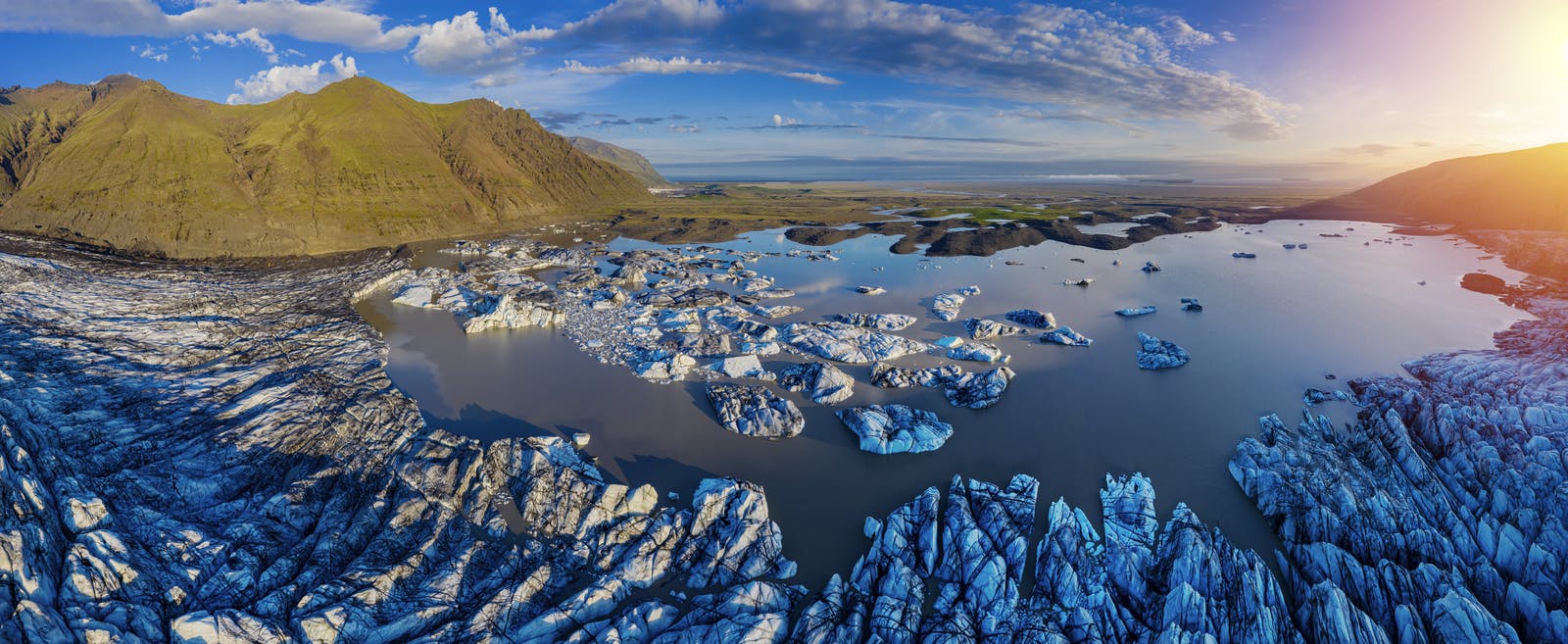
Glaciers Retreating Worldwide: What It Means for Our Future
Glaciers, the colossal rivers of ice that have sculpted our planet for millennia, are disappearing from the earth at an alarming rate. This retreat is not just a concern for scientists but for all of humanity. The loss of glaciers affects global sea levels, freshwater supplies, weather patterns, and even entire ecosystems. But why exactly are glaciers retreating, and what does this mean for our future? Let's dive into the science and consequences of glacier retreat worldwide.
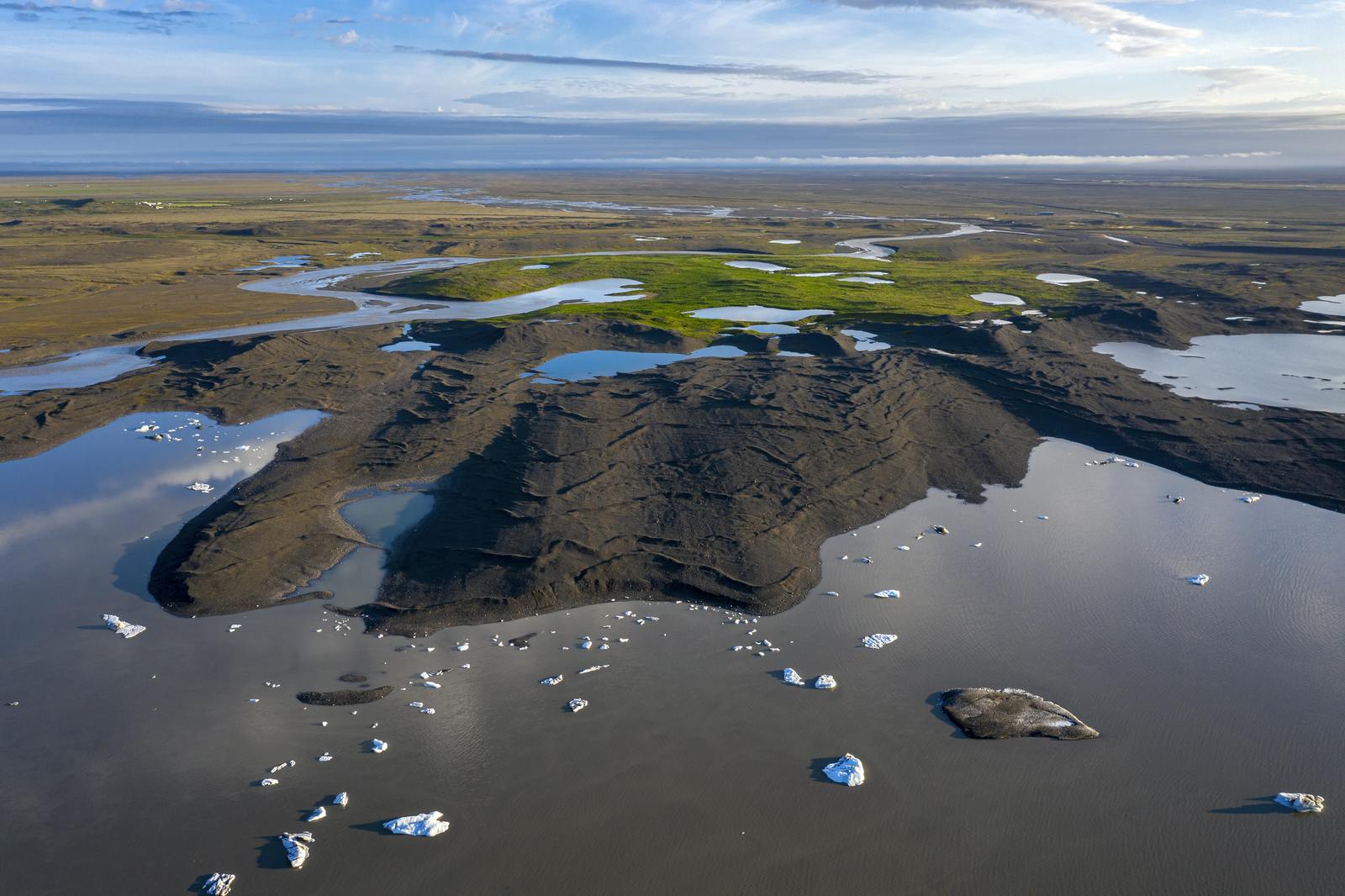
Why Is Glacier Retreat a Problem?
Glaciers play a crucial role in maintaining the earth's climate and water systems. Their retreat poses several serious problems:
Freshwater Shortages
Many communities around the world rely on glaciers for fresh drinking water. Their disappearance threatens water supplies in regions such as the Himalayas, Andes, and parts of North America.
Disrupted Ecosystems
Glaciers feed rivers and lakes that support diverse ecosystems. Their loss endangers plant and animal species dependent on cold water.
Rising Sea Levels
As glaciers melt, they contribute to rising global sea levels, increasing the risk of coastal flooding and erosion.
Extreme Weather
The melting of glaciers influences global weather patterns, potentially leading to more extreme weather events, such as stronger storms and prolonged droughts.
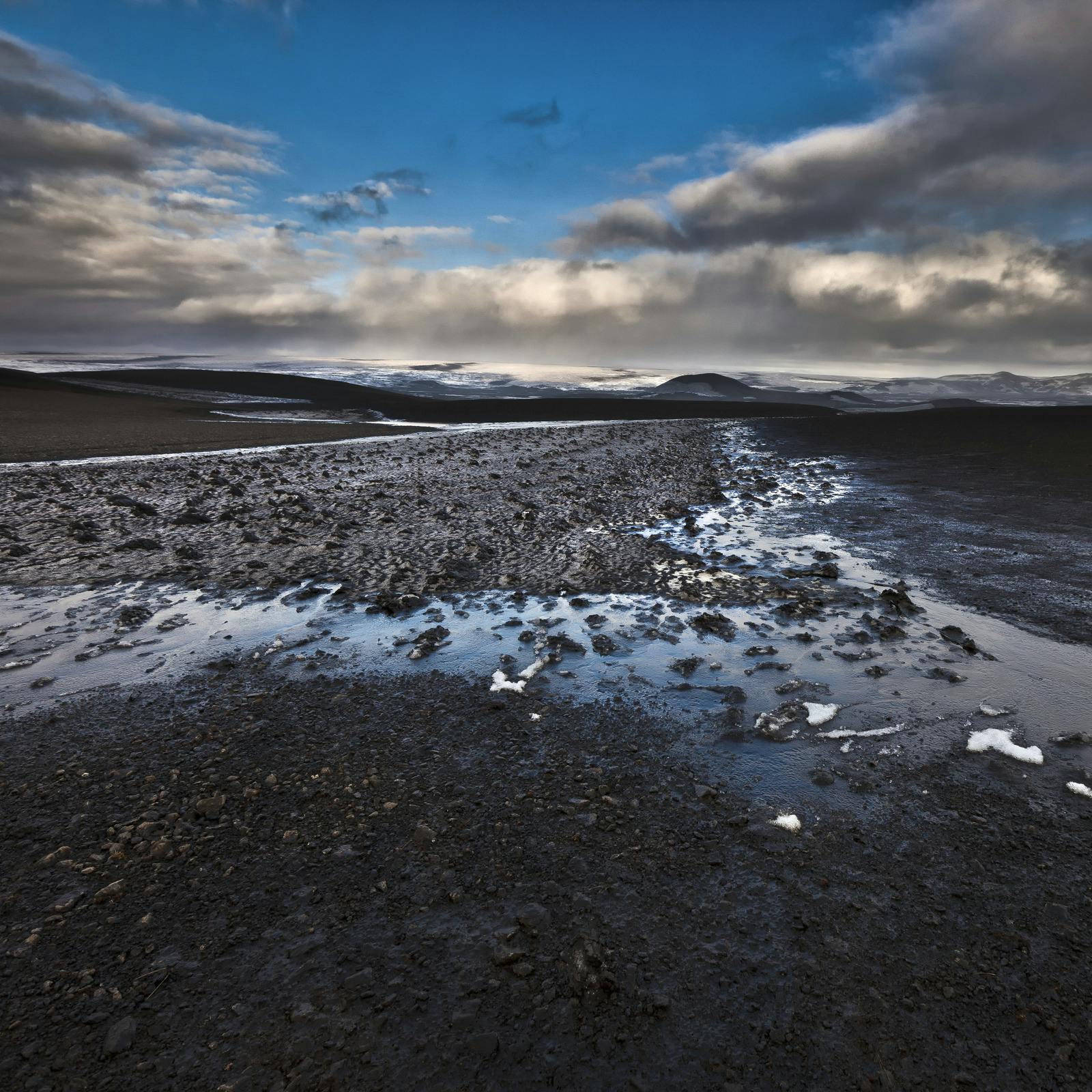
Loss of Cultural and Natural Heritage
Many glaciers, such as those in Iceland, are integral to cultural identity and tourism, such as glacier walking tours and visiting natural ice caves. Their disappearance impacts both local economies and cultural heritage.
When Do Glaciers Retreat?
Glaciers naturally advance and retreat over time due to changes in the climate. However, in recent decades, human-induced climate change has accelerated glacier retreat at an unprecedented rate.
The process of glacier retreat can trigger significant environmental changes. Learn more about what happens when a glacier retreats.
Glaciers retreat when melting exceeds snowfall accumulation. This can happen due to:
- Rising global temperatures increase ice melt.
- Changes in precipitation patterns lead to less snowfall to replenish glaciers.
- Exposure to darker surfaces such as rock and soil due to melting, which absorbs more heat and accelerates the process.
- Pollution and black carbon deposits reduce the reflectivity of ice, causing it to absorb more sunlight and melt faster.
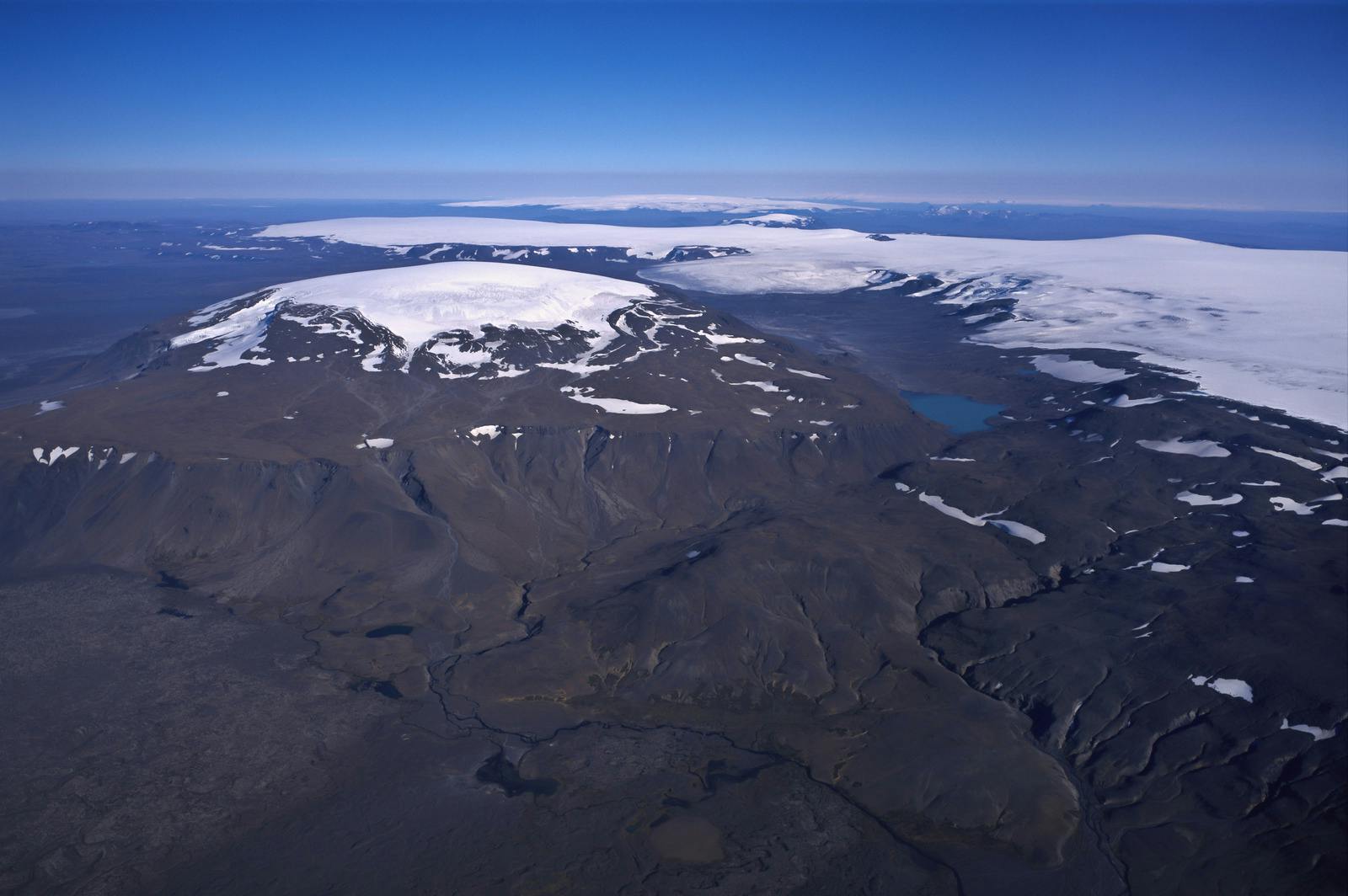
How Much Are Glaciers Retreating?
The numbers are staggering and disheartening. According to the World Glacier Monitoring Service (WGMS), glaciers worldwide have been losing an average of 1 metre of ice thickness per year since 2000.
Some alarming statistics include:
- The Alps: Some glaciers have lost up to 80% of their ice since 1850.
- Greenland and Antarctica: Ice loss from these regions contributes to nearly one-third of the rise in global sea levels.
- Iceland: Over 16% of Iceland’s glaciers have disappeared since 1890. The famous Okjökull glacier was declared "dead" in 2014, becoming Iceland’s first glacier lost to climate change.
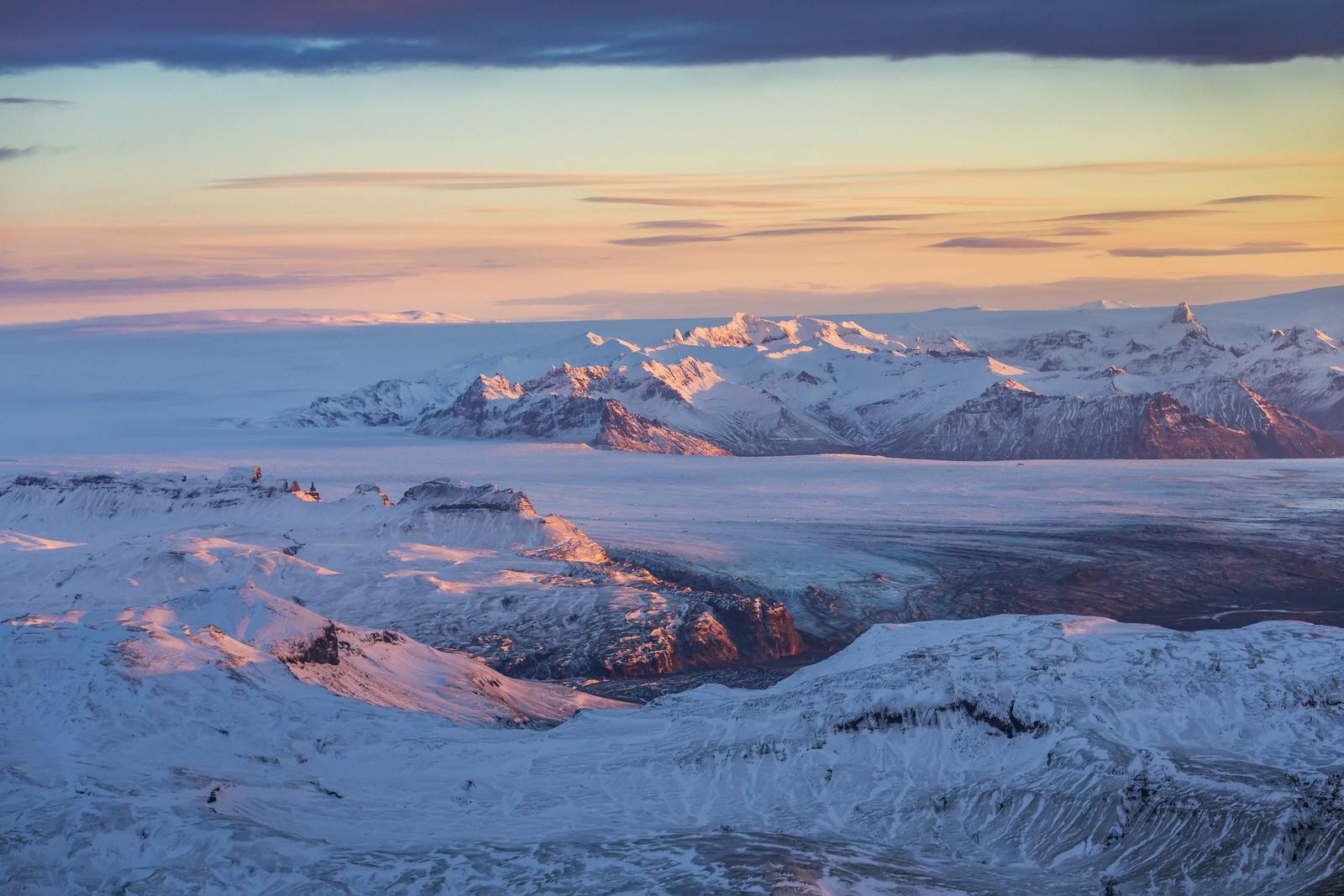
How Do We Know Glaciers Are Retreating?
Scientists use multiple methods to track glacier retreat:
Satellite Imagery
NASA and ESA satellites continuously monitor glacier size, ice loss, and movement over time. Comparing images from different years provides clear evidence of shrinking glaciers.
Ground-Based Observations
Glaciologists physically measure glacier length, ice thickness, and movement using GPS and sensors placed directly on glaciers.
Aerial and Drone Surveys
Drones and aircraft-mounted sensors capture high-resolution images and topographical changes in remote glacier regions.
Historical Photos and Records
Old photographs and expedition logs help scientists compare past glacier sizes with current measurements.
Ice Core Samples
Scientists drill deep into glaciers to extract ice cores, which contain trapped air bubbles. These samples help analyse past climate conditions and show how modern warming affects glaciers.
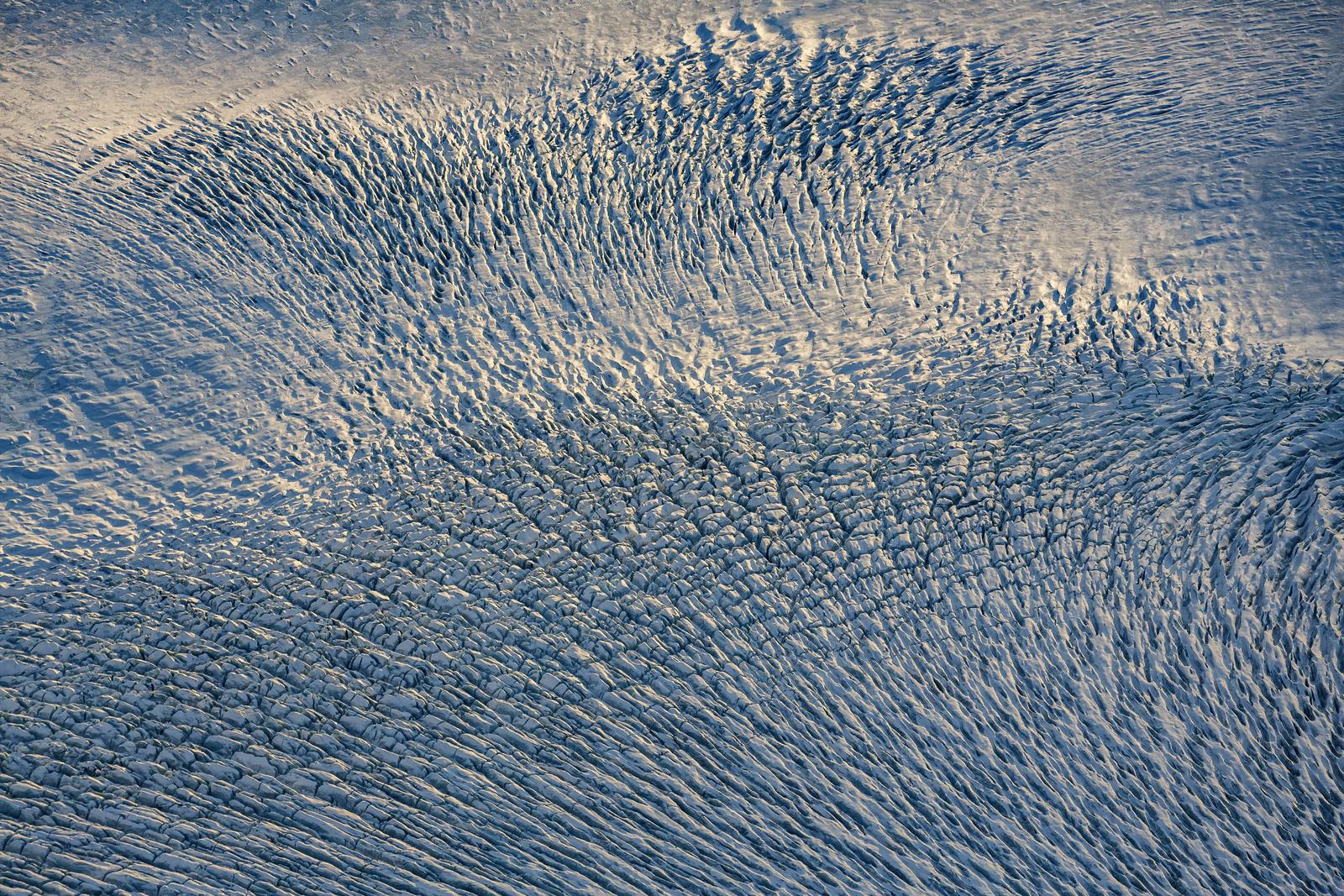
What Does Glacier Retreat Mean for Our Future?
The consequences of glacier retreat will affect not only the environment but also economies, geopolitics, and human health. Here’s what we can expect:
Rising Sea Levels and Coastal Flooding
Melting glaciers are a major contributor to rising sea levels. If current melting trends continue, coastal cities worldwide, including New York, Miami and Jakarta, will face frequent flooding and displacement of millions of people.
Water Scarcity and Agricultural Decline
Glaciers act as natural water reservoirs, steadily releasing water over time. As they disappear, communities that rely on glacial meltwater, such as those in the Himalayas and Andes, could face severe water shortages, which could affect drinking water supplies and agriculture.
More Extreme Weather Events
Changes in glacier patterns impact ocean currents and atmospheric circulation. This could result in more hurricanes, heatwaves, and shifting monsoon patterns, further destabilising global weather systems.
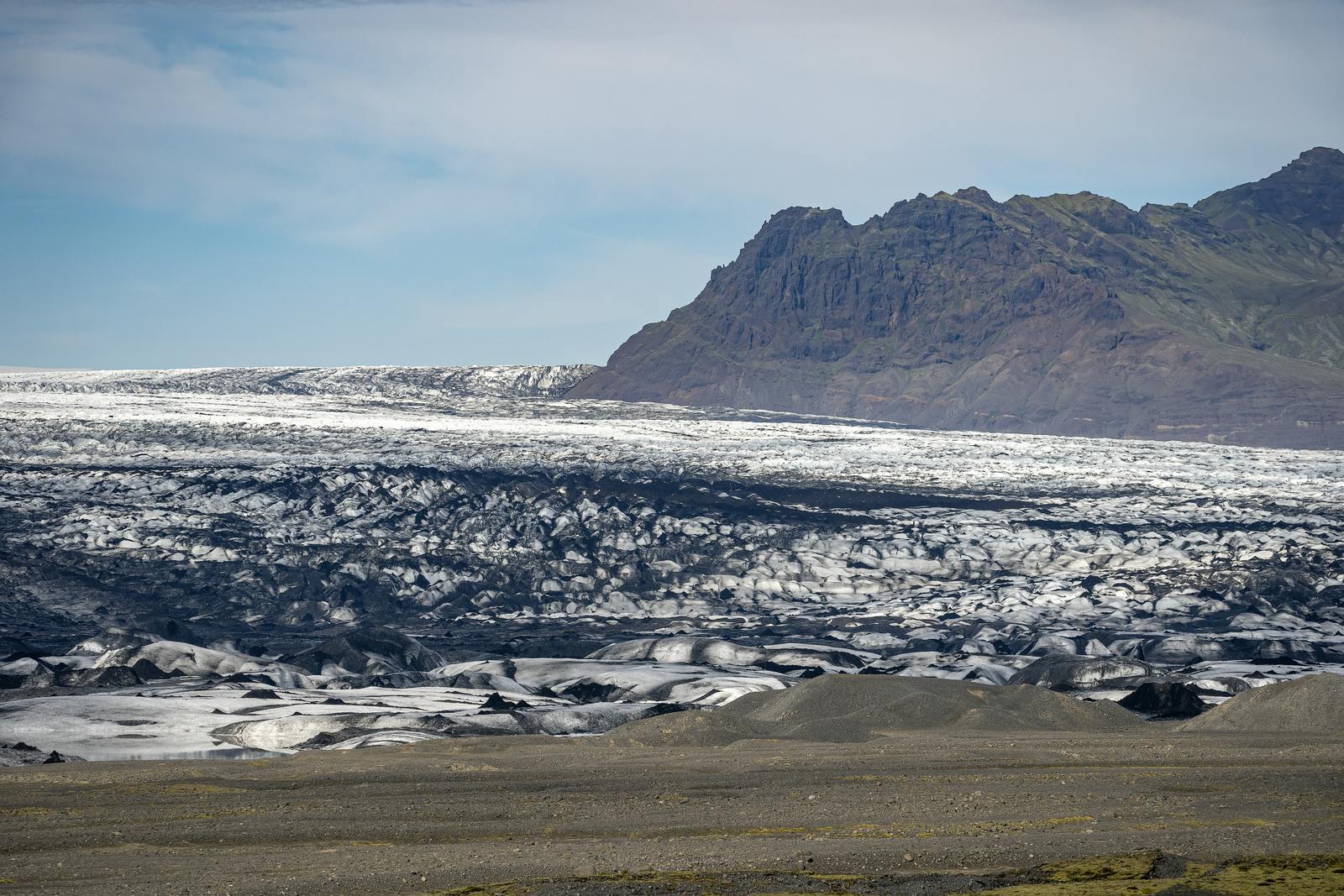
Tourism and Economic Losses
Regions that depend on glaciers for tourism and hydroelectric power, like Iceland, Switzerland, and Nepal, will suffer economic losses.
Ecological Disruptions
The disappearance of glaciers affects wildlife, from cold-water fish species to animals like the snow leopard. Entire ecosystems are under threat as habitats are altered beyond recognition.
Geopolitical Tensions
Rising sea levels flooding coastal cities and large, densely populated lowland areas, such as in Bangladesh, can lead to political instability and conflict. As freshwater sources diminish, conflicts over water access could increase between nations and regions that depend on glacier-fed rivers.
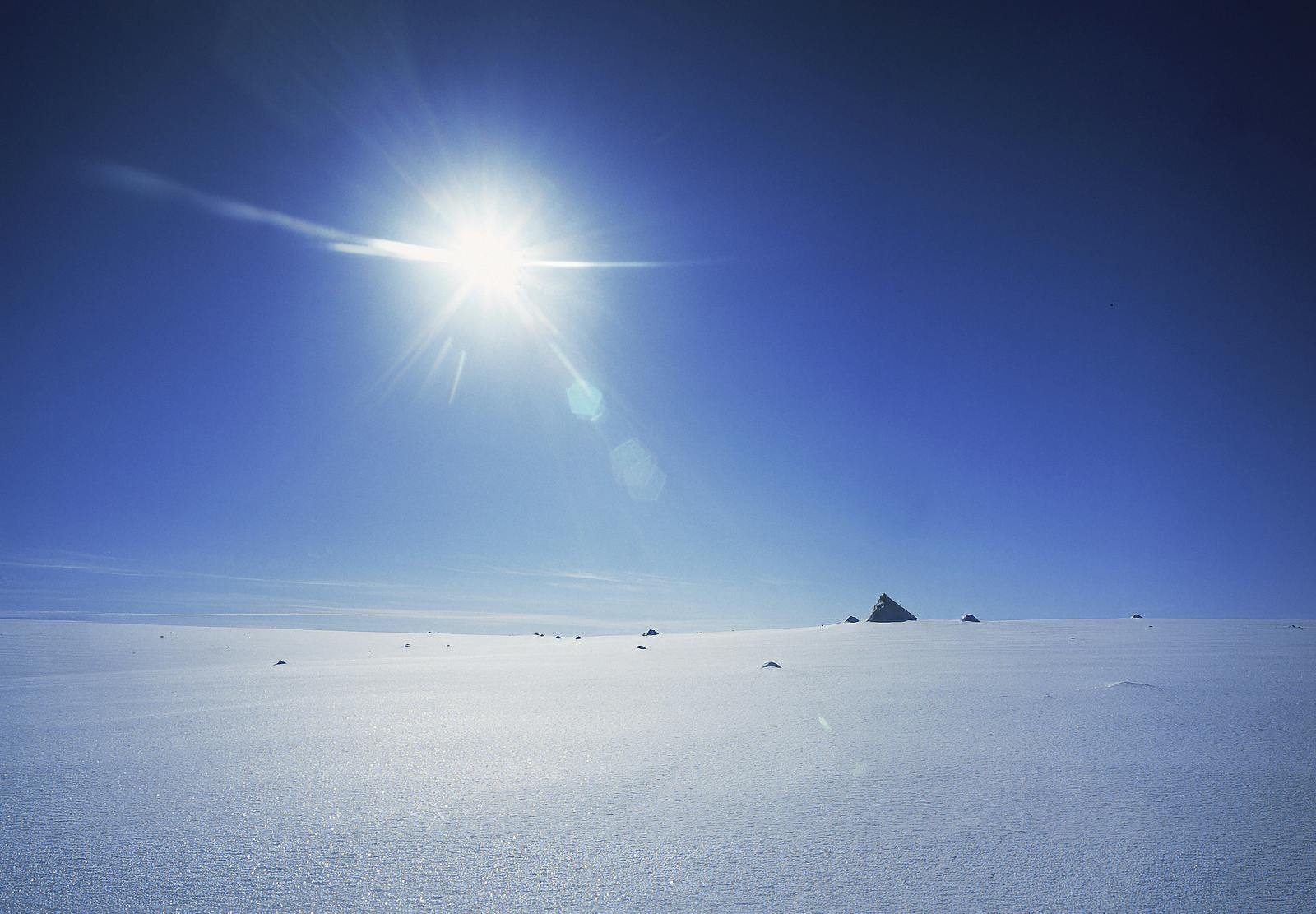
FAQ
Are all glaciers retreating?
Most glaciers worldwide are retreating, but some in isolated regions (such as parts of the Karakoram Range) are stable or even advancing due to unique local conditions. In Iceland, Drangajökull is such a case.
How do glaciers affect climate change?
Glaciers help regulate the earth’s temperature by reflecting sunlight. When they are lost, this reflectivity is reduced, accelerating warming in a feedback loop.
Can glacier retreat be reversed?
While some small-scale artificial measures (like covering glaciers with reflective materials) have been attempted, the only proper solution is reducing greenhouse gas emissions.
How long will it take for glaciers to disappear?
Many small glaciers could disappear within decades. If global temperatures continue to rise at current rates, two-thirds of the world’s glaciers could vanish by 2100.
What role does Iceland play in glacier research?
Iceland is a critical location for glacial studies due to its dynamic volcanic landscape and large ice caps. Perlan in Reykjavík features exhibitions on glaciers and climate change, educating visitors about their rapid decline.
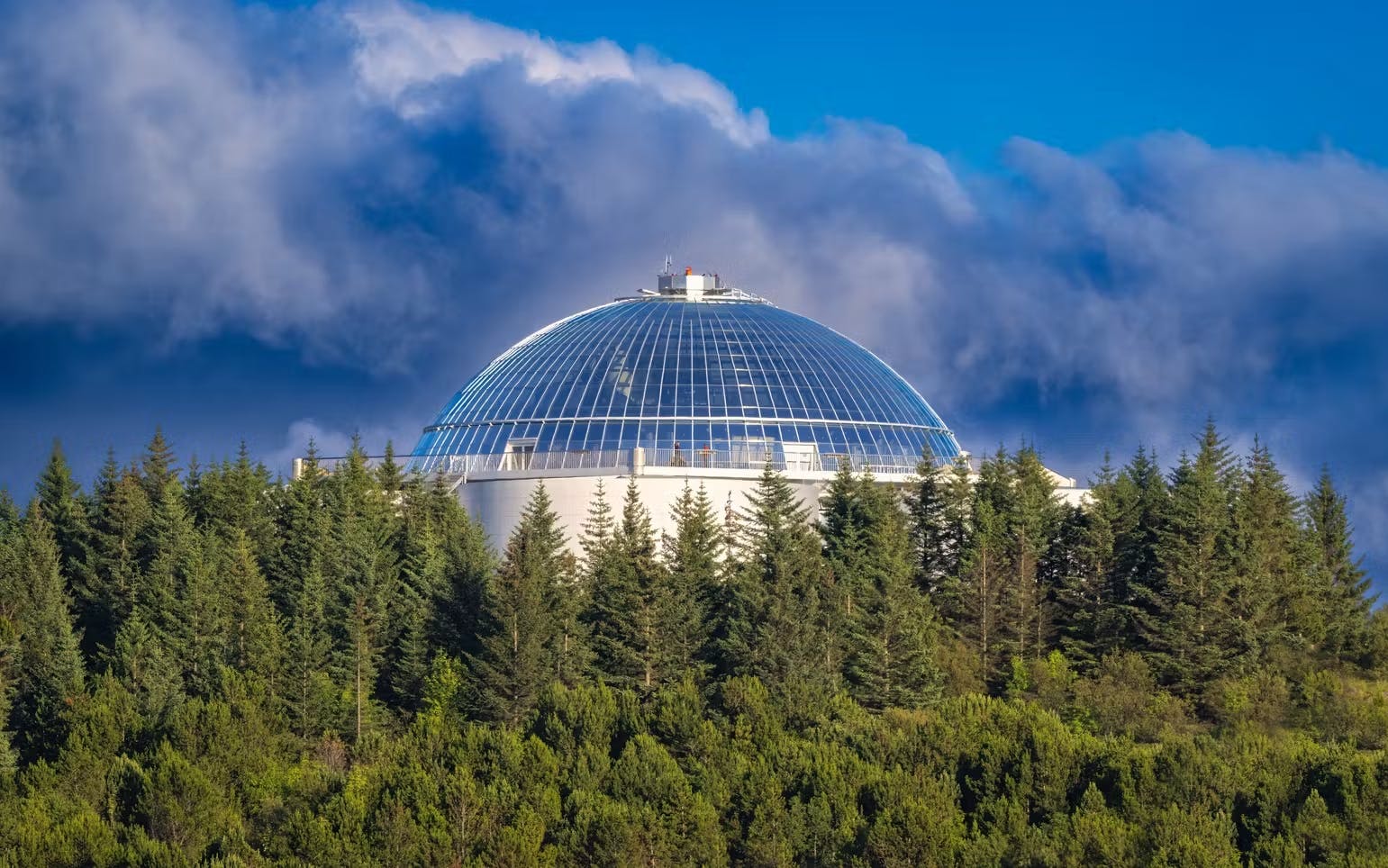
What can individuals do to help fight glacier retreat?
Reducing carbon footprints, supporting renewable energy, and advocating for climate policies can help slow glacier retreat. Supporting organisations focused on climate action is another practical step.
Where can I see glacier retreat in action?
Many national parks, such as Glacier National Park in the U.S. and Vatnajökull National Park in Iceland, provide firsthand evidence of shrinking glaciers through marked observation points and historical comparisons.







